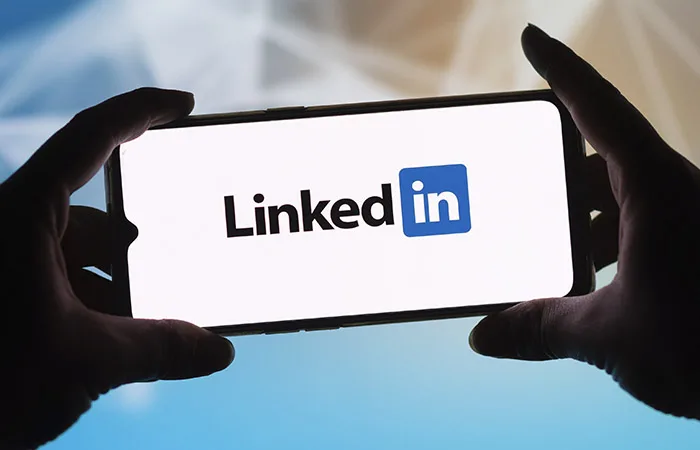Attract a client — this is just the beginning. It is much more important to build a long-term relationship with them, turning a one-time purchase into a regular interaction. Customer retention today goes far beyond simple discounts or promotions. For a customer to want to come back, the brand must offer something more: value, emotion, and ownership. In this article, we'll look at effective strategies that help you retain your audience, including: loyalty programs and beyond.
Understanding customer expectations and behavior
The first step is a deep understanding of what drives the client. Why does he come? What is important to him? Why can he leave? Don't rely solely on statistics — it's important to hear real reviews, monitor behavior on the site or in the app, and respond to feedback. This allows you to create a living ecosystem of interaction rather than template solutions.
Understanding customers also means reading between the lines. For example, if a person regularly opens emails but doesn't make a purchase, they may not be satisfied with the price, but with the compulsive nature of the submission. If a customer often buys the same product, you should offer them a subscription option or remind them about it at the right time.
Loyalty programs and beyond
Classic loyalty programs are the accumulation of points and bonuses, cashback. But that's not enough right now. People get tired of the same mechanics and want more. This is where the approach begins loyalty programs and beyond — when you do not just reward the customer for the purchase, but create a space in which he is pleased to be.
What is included in this concept? For example:
Exclusive content available only to regular customers.
Closed sales or early access to new products.
Communities of interest where customers can communicate with each other.
Joint projects with the brand — when the buyer becomes a co-author (for example, votes for a new design or participates in testing).
Loyalty programs and beyond — this is a way to show that a person is valuable not because of the amount in the check, but because they are close, involved and caring.
Emotional connection as the basis of attachment
Rational arguments are important. But it is the feelings that remain in the memory. When a customer associates a brand with something personal — kind, caring, inspiring-they become much more loyal.
You can build an emotional connection through:
Stories — tell you who is behind the brand, how products are created.
Support — informal responses in instant messengers, participation in the client's life.
Small amenities — a handwritten postcard in the order, a free gift without a reason, a warm holiday greeting.
A person remembers who treated him like a human being. These moments do not require a large investment, but give a powerful effect on the long-term distance.

Continuous relationship development
It is important not to stop. Even the most thoughtful ones loyalty programs and beyond they lose their relevance if they are not updated. Once a season, you should review what you offer your customers: what rewards, what tone of communication, and how their needs have changed.
You can enable gamification, missions, and levels — but do it organically, without turning the process into a bureaucracy. And you can go in a completely different direction — in minimalism and simplicity. The main thing is for the client to feel the movement and update.
The role of the team and internal culture
It is impossible to detain a customer if the employees themselves are not passionate about the idea and do not believe in the brand. The service culture starts within the company. When everyone understands the value of feedback, is ready to help, and respects the customer — this is conveyed in everything: in the manager's voice, in the text of the letter, and in the product packaging.
Even if everything is automated, it is important to keep a lively attitude. A person wants to feel that it is not a bot that is talking to them, but another person-attentive and sincere.
Trust is the main retention factor
All of these approaches work only if you have trust. It is based not on promises, but on completed actions. If you said that there will be a gift, it should be there. If you specify a delivery time — it must be met. It's better to surprise than disappoint.
One more thing: don't be afraid to admit mistakes. It happens that something went wrong — and in this case, a quick, honest response can not only save the client, but also strengthen their attachment.








